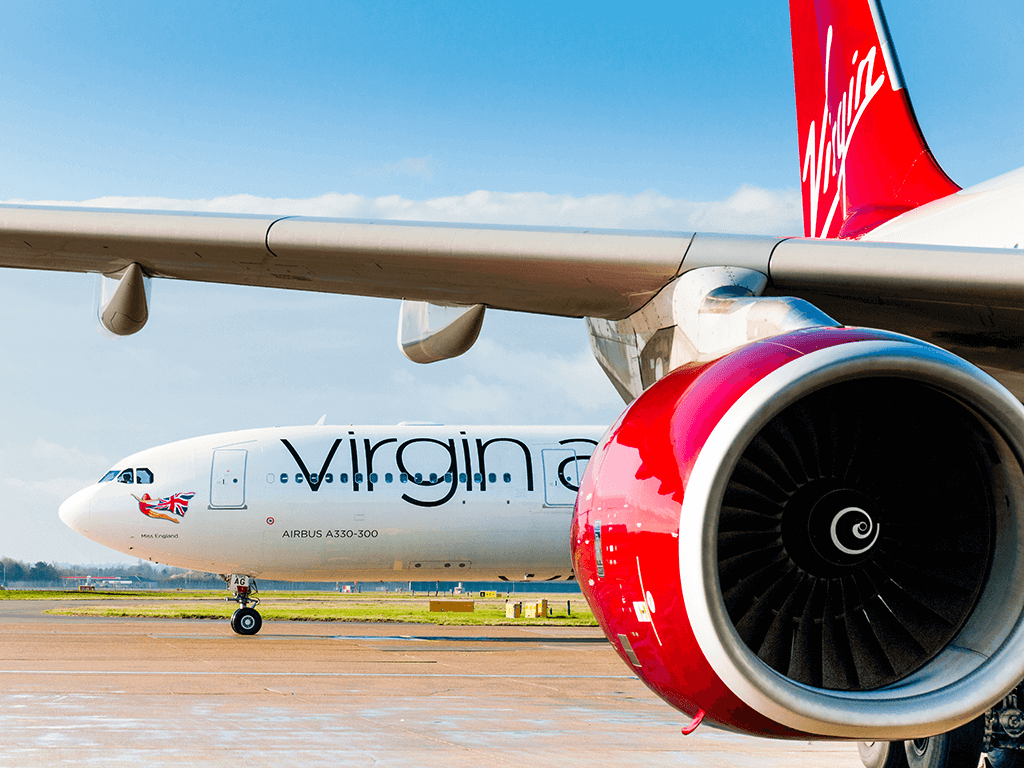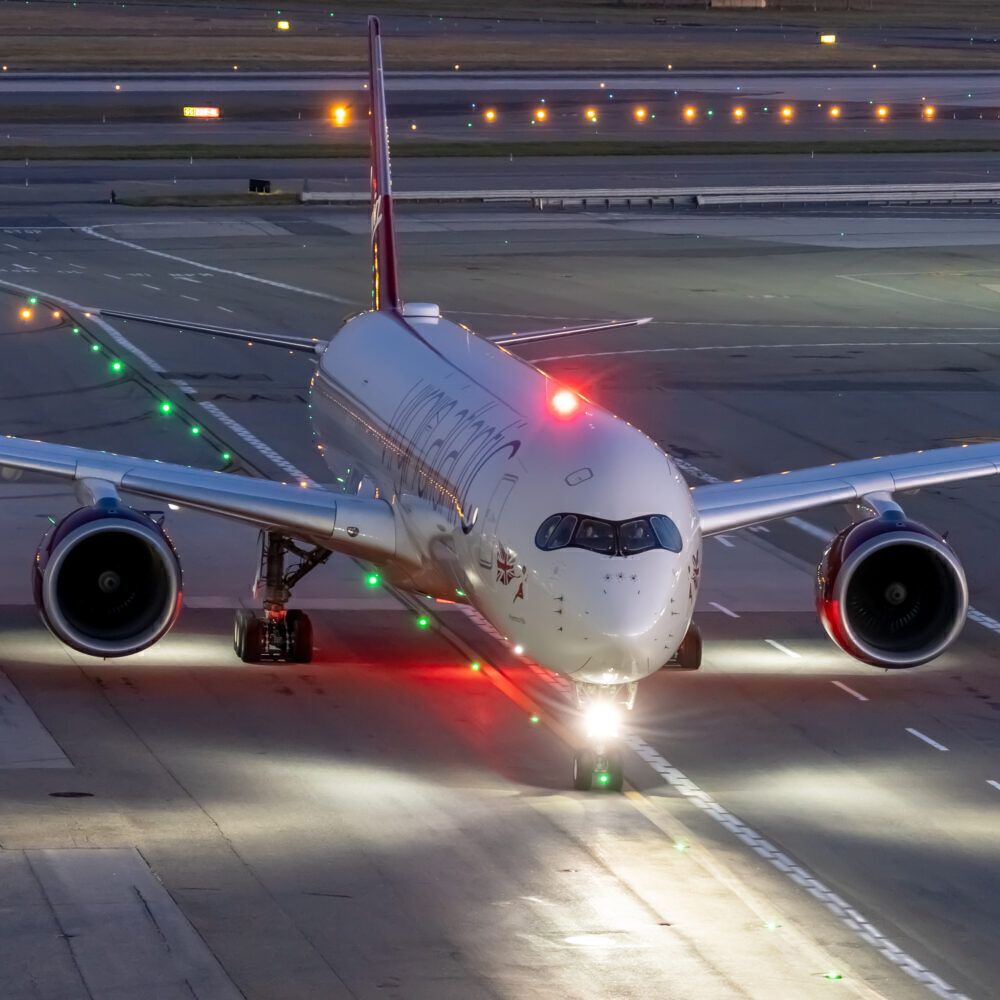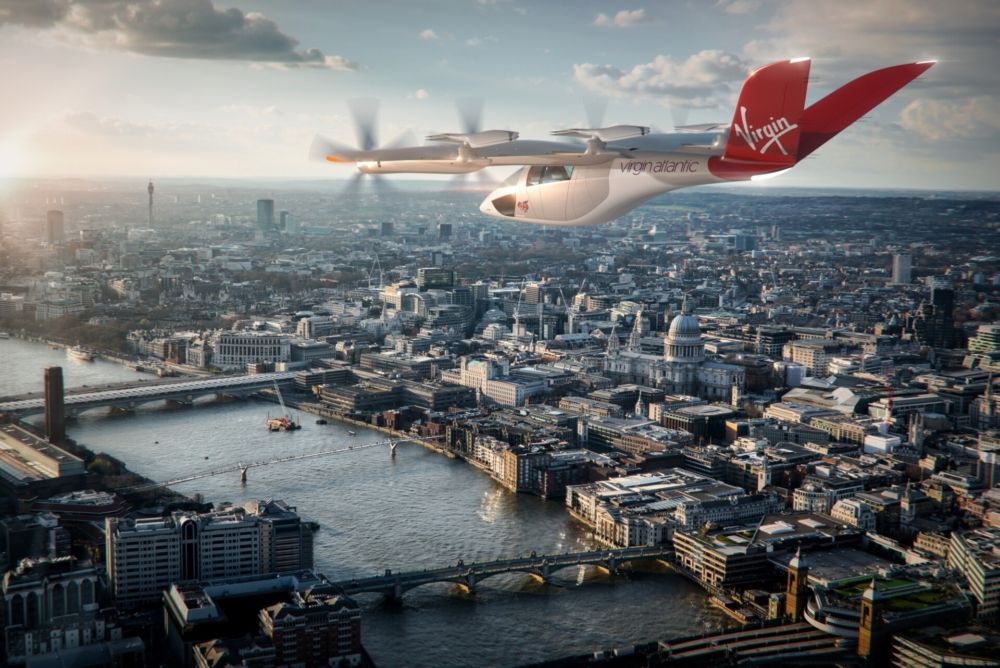Virgin Atlantic is fully subscribed to the idea of turning its operations net-zero by 2050. To achieve this aim, the airline has today set out ambitious carbon reduction goals, with milestones to achieve at points along the way. Through a combination of fleet renewal, use of SAF, innovation and offsetting, Virgin Atlantic is charting a course to its carbon-free future.
Getting to net-zero
The aviation industry widely accepts the arbitrary date of 2050 for reaching net-zero emissions. However, the roadmap to getting from where the industry is now to where it needs to be then is less well explored. Taking what is naturally a very energy-intensive industry and turning it into an eco-friendly operation is no mean feat, but it’s a commitment multiple airlines and stakeholders are determined to make happen.
Virgin Atlantic has today set out its plan for transitioning to carbon-neutral status by 2050. Its ambitious targets set goals to be achieved at various stages through the years, with milestones to reach in 2026, 2030, and 2040. Specifically, these are:
- A 15% reduction in CO2 per revenue tonne-kilometer (RTK) by 2026
- A 15% reduction in total CO2 emissions by 2030
- A 40% reduction in total CO2 emissions by 2040
CEO of Virgin Atlantic, Shai Weiss, commented on the initiative saying,
“We know that as an airline we have a pivotal role to play in protecting the planet, while connecting people across the globe and strengthening crucial trade connections.
“For more than a decade we’ve been leading the way in the decarbonisation of the aviation industry, and now as we emerge from the Covid-19 pandemic we have a unique opportunity to ensure we return to the skies more sustainably. The carbon targets outlined today will help us achieve this as we work tirelessly on our mission to reach net zero emissions by 2050.”
Stay informed: Sign up for our daily and weekly aviation news digests.
Working towards the target
As well as setting out carbon reduction targets, Virgin has begun to pin down exactly how it will meet those goals. By 2026, the airline will achieve its 15% gross reduction in CO2/RTK through continued fleet transformation and operational efficiency. To date, it has already been trailing single-engine taxiing, efficiency training for captains, and initiatives to reduce weight onboard. We can expect to see more smart initiatives like this going forward.
By 2030, the airline wants to have 10% of its fuel sourced from sustainable aviation fuel (SAF). Virgin has been a pioneer of SAF for some time, having conducted the world’s first flight of a commercial aircraft using SAF in 2008. It has been partnering with LanzaTech since 2011, and is keenly supporting the company as it moves closer to opening its first UK SAF plant in Port Talbot.
Other savings will be achieved via a combination of offsetting and embracing innovative technologies. Virgin was a founder member of the Jet Zero Council and is working with the UK government to push forward a greener aviation future. It is working with LanzaTech to investigate Direct Air Capture as a SAF feedstock, and recently announced an MoU with Vertical Aerospace to acquire up to 150 zero-emissions eVTOL aircraft.
Weiss added,
“Aviation is a truly global industry, and we can’t tackle this on our own. That’s why we’re continuing to work closely with the UK’s Jet Zero Council and Sustainable Aviation, as well as aligning with innovation and technology partners across the industry and beyond. There is a long road ahead but we’re committed to pioneering change and being transparent on our progress, on our way to a low carbon future.”
Virgin has already made great headway towards its lower carbon future. With a young, efficient fleet made up of the 787, A350, and A330neo, the airline has reduced fleet carbon emissions by 20% since 2007. It has reduced product weight onboard its flights by 8% and is using 100% green energy in its key office locations.



